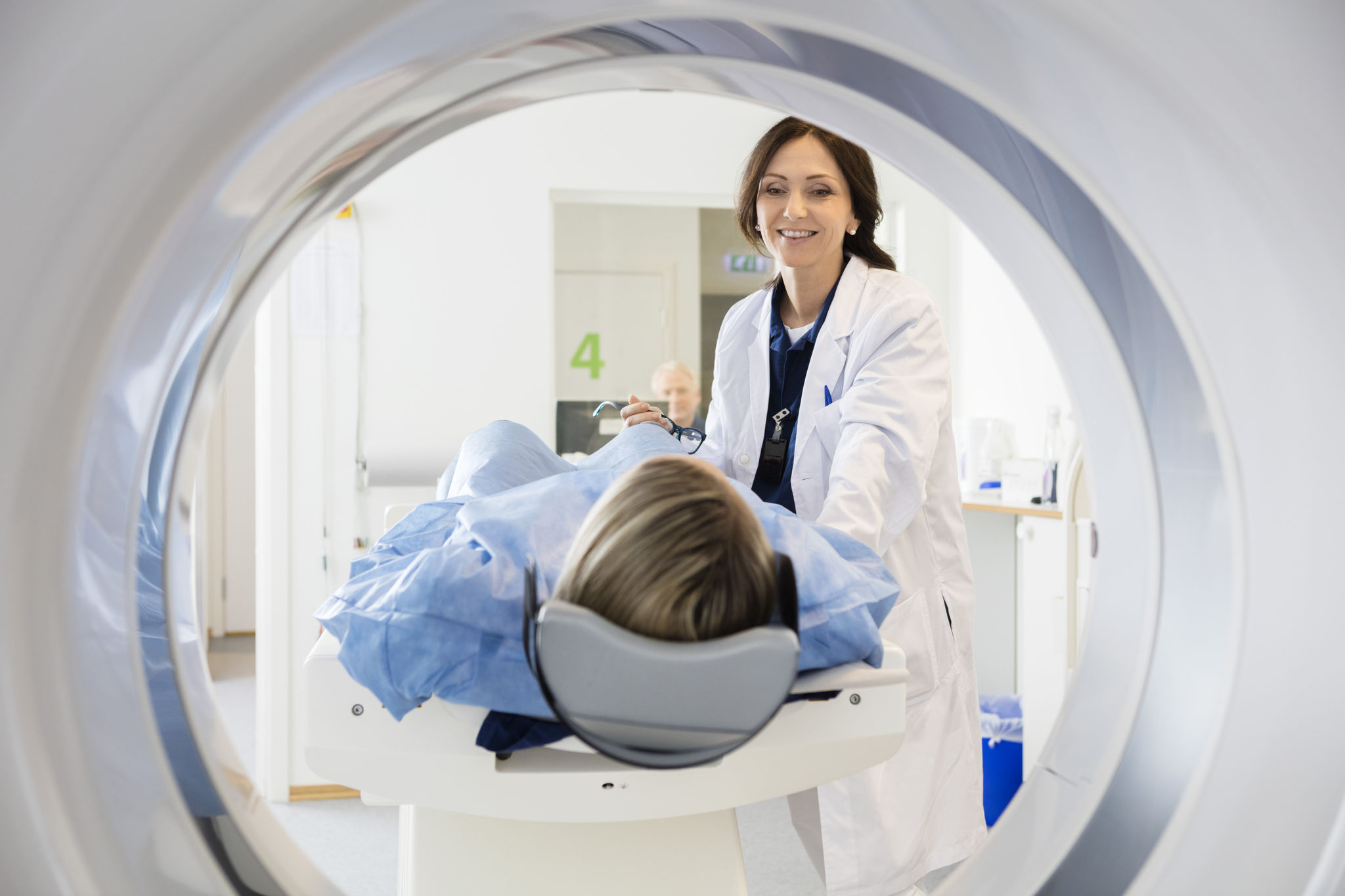Hypofractionation in breast cancer treatment
Multiple studies over many decades have documented the benefits of adjuvant radiotherapy after primary breast cancer surgery in women with early-stage disease.1 This treatment regimen is demonstrated to lower locoregional tumour recurrence and breast cancer mortality, including patients with positive lymph nodes treated by mastectomy and axillary clearance.1
Historically, the standard treatment schedule was typically 25 fractions of 2 Gy delivered over five weeks.1 However, more recent trials with long-term follow-up have demonstrated that hypofractionated schedules – larger fractions delivered over fewer sessions with a lower total dose – are non-inferior to the previous standard with regards to safety and efficacy.1
Hypofractionated radiotherapy vs conventional radiotherapy
The safety and efficacy of hypofractionation for breast cancer treatment has been well-established.1,2 Various randomised trials and subsequent analyses have confirmed that the benefits of hypofractionated radiotherapy apply to both patients having undergone breast-conserving surgery and surgical mastectomy.2
Compared with conventionally fractionated radiotherapy, hypofractionated schedules have been shown to be equivalent in terms of:
- Overall survival
- Disease-free survival
- Locoregional control
- Distant metastasis2
Furthermore, toxicity rates after hypofractionation remain acceptable. Neither acute nor late toxicity effects are statistically significantly increased between patients receiving hypofractionation or conventional therapy, including rates of:
- Symptomatic radiation pneumonitis
- Lymphoedema
- Ischaemic heart disease
- Acute skin or lung toxicity
- Shoulder restriction2
For patients requiring regional nodal irradiation, moderately hypofractionated regimens have been reported to be safe. Long-term follow-up of the study participants noted no significant acute or late toxicities, with only a low incidence of clinically significant lymphoedema.2
The FAST and FAST-Forward Trials
The randomised controlled phase III FAST trial recently released its 10-year results.
The trial consisted of two experimental treatment arms (30 Gy or 28.5 Gy delivered over five once-weekly sessions) compared with a control treatment group receiving conventionally fractionated radiation therapy (50 Gy over 25 fractions over five weeks).
Throughout follow-up, no statistical difference in breast normal tissue effects and subsequent breast appearance was found between the 28.5 Gy treatment group and control, which was the study’s primary endpoint.3 However, the 30 Gy treatment group did not meet the primary endpoint.3
A subsequent non-inferiority trial, FAST-Forward, compared ipsilateral breast tumour recurrence between a control group receiving 40 Gy in 15 fractions over three weeks to two treatment arms of 27 Gy in 5 fractions over one week or 26 Gy of five fractions over one week. At five year follow-up, the reported findings concluded that 26 Gy in five fractions in one week was non-inferior to control for local tumour relapse.1
The shortened treatment schedule of hypofractionated radiotherapy reduces patient travel time and inconvenience. It may also improve the backlog of breast cancer patients awaiting attention as clinicians can complete treatment courses more efficiently.2
Currently, moderate hypofractionation remains the standard of care for patients requiring nodal radiotherapy as an adjuvant to surgery. This treatment involves 40 - 42.5 Gy total dose over 15 to 16 fractions.
Simple breast or chest wall only radiotherapy is now largely delivered as a five fraction course over just one week at GenesisCare centres.
However, as shorter schedules of one, three or five weeks offer an advantage over longer courses regarding convenience and cost to both patients and the healthcare system, further research into how the potential of hypofractionation can be fully realised would be beneficial.
Find out more about our radiotherapy service, including hypofractionation using SABR.
References
- Murray Brunt A, Haviland JS, Wheatley DA, Sydenham MA, Alhasso A, Bloomfield DJ, et al. Hypofractionated breast radiotherapy for 1 week versus 3 weeks (fast-forward): 5-year efficacy and late normal tissue effects results from a multicentre, non-inferiority, randomised, phase 3 trial. The Lancet. 2020;395(10237):1613–26.
- Liu L, Yang Y, Guo Q, Ren B, Peng Q, Zou L, et al. Comparing hypofractionated to conventional fractionated radiotherapy in postmastectomy breast cancer: A meta-analysis and systematic review. Radiation Oncology. 2020;15(1).
- Brunt AM, Haviland JS, Sydenham M, Agrawal RK, Algurafi H, Alhasso A, et al. Ten-year results of fast: A randomized controlled trial of 5-fraction whole-breast radiotherapy for early breast cancer. Journal of Clinical Oncology. 2020;38(28):3261–72.
- American Cancer Society, Inc., editor. The global economic cost of cancer [Internet]. Pharmaceutical Research and Manufacturers of America®. Available from: http://phrma-docs.phrma.org/sites/default/files/pdf/08-17-2010_economic_impact_study.pdf
